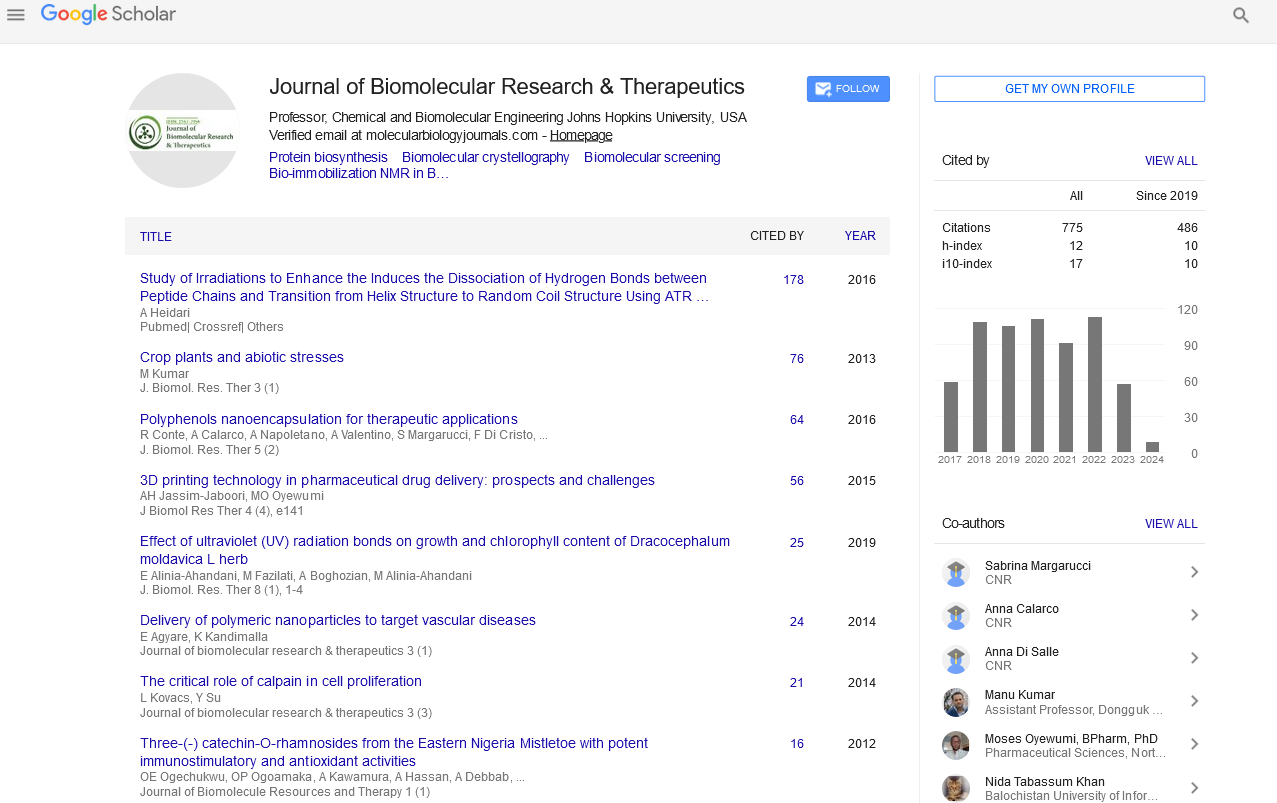PMC/PubMed Indexed Articles
Indexed In
- Open J Gate
- Genamics JournalSeek
- ResearchBible
- Electronic Journals Library
- RefSeek
- Hamdard University
- EBSCO A-Z
- OCLC- WorldCat
- SWB online catalog
- Virtual Library of Biology (vifabio)
- Publons
- Euro Pub
- Google Scholar
Useful Links
Share This Page
Journal Flyer

Open Access Journals
- Agri and Aquaculture
- Biochemistry
- Bioinformatics & Systems Biology
- Business & Management
- Chemistry
- Clinical Sciences
- Engineering
- Food & Nutrition
- General Science
- Genetics & Molecular Biology
- Immunology & Microbiology
- Medical Sciences
- Neuroscience & Psychology
- Nursing & Health Care
- Pharmaceutical Sciences
Abstract
A Study on Effect of Lipemia on Electrolyte Measurement by Direct Ion Selective Electrode Method
Susruta Sen, Pramit Ghosh, Ghosh TK, Mandrita Das and Shreyoshi Das
Background: Lipemia affects electrolyte concentration obtained by indirect ion selective electrode (ISE) method, but the specific influence on measurements by direct ion selective electrode method is yet to be clearly understood. A study was designed in this backdrop to assess possible role of escalating concentration of lipemia on electrolyte measurement by direct ISE.
Methods: Samples were collected from selected subjects in a hospital setting. A predesigned pretested format was used for recording the data from each subject. Serum sample was divided into 5 aliquots. Except for one, in the rest four, intralipid was added in escalating concentration to induce lipemia. The 5 sub-samples were tested for electrolytes and lipid concentration in parallel by two different direct ion-selective electrode methods, namely VITROS250 & HDC-Lyte. Electrolytes like sodium & potassium concentration was measured by both, while the first one also measured triglyceride concentration.
Result: Results from two instruments were compared and data were also analsyed in subgroups of standard clinical classification for sodium concentration. Considering 0-350 mg% of triglyceride as the reference, electrolytes concentration mostly decreased over increasing lipemia. Beyond triglyceride concentration of 650mg%, this decline in electrolytes concentration was statistically significantly for samples in all subgroups. In majority of samples, electrolyte values obtained from two instruments were comparable. Beyond triglyceride concentration of 1550 mg%, the sodium concentration obtained from two instruments varied significantly.
Conclusion: A correction factor may be used for the amendment of this interference property of lipemic serum samples for the major electrolytes i.e., sodium and potassium.


